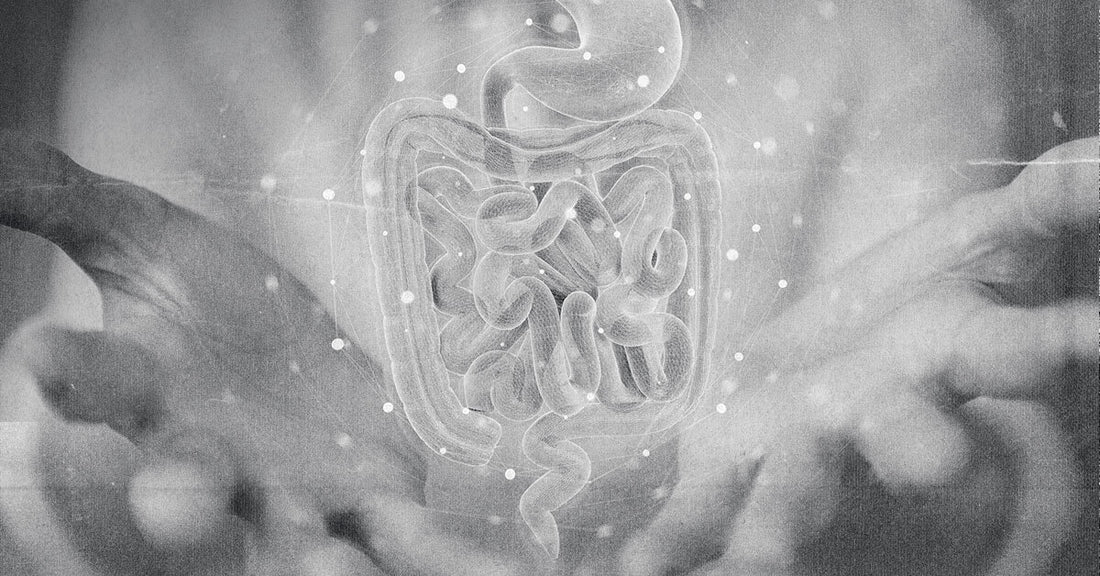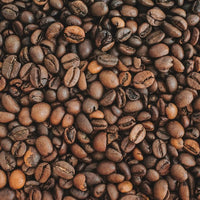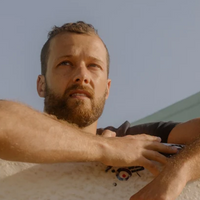“It’s gut-check time.”
It’s a flexible expression, potentially just as useful to a football coach urging his team on to victory in the fourth quarter as to a gastroenterologist about to analyze the unique microbial makeup of a patient’s stomach.
In fact, the English language is infused with a range of other gut-themed expressions, including “go with your gut,” “gut it out,” “gut decision” and “no guts, no glory,” to name just a few.
And it’s no wonder. The gut—or, more precisely, the gut biome, that collection of between 10 and 14 trillion symbiotic microbial cells that occupy the human digestive system—is incredibly important to virtually every aspect of our physical health.
Yet it’s only been in the last 15 years or so that the medical and scientific communities have come to understand the critical role played by the gut biome in our overall well-being. Dr. Joseph Petrosino, director of the Center for Metagenomics and Microbiome Research at the Baylor College of Medicine, calls the current era the “Age of Genomics,” which he dates back to the 2005 sequencing of the human genome. That’s also the year the National Institutes of Health launched the Human Microbiome Project, leading to a corresponding explosion in technologies for sequencing and analyzing the unique microorganisms feverishly performing all that activity up and down the gastrointestinal tract.
“These events launched a thousand ships in terms of understanding how the microbiome affects human health and disease,” Petrosino says.
How Does the Gut Biome Work?
Petrosino notes that awareness of microbial cells’ existence dates back to the late 17th century when Dutch scientist and microscope inventor Antonie van Leeuwenhoek first described the oral microbiome. But only recently has science come to understand the myriad functions microbes perform that are critical to our health and survival.
Comparing the gut to a long tube running through the body, Petrosino says that the trillions of microorganisms stationed along the way not only break down the food we eat to separate the nutrients from waste, but also help determine which of those component molecules are healthy and will be allowed to pass through the tube walls and into the body.
The problem, Petrosino explains, occurs when that delicate gastrointestinal microbial balance gets—to use a medical term—out of whack, and unhealthy molecules slip through. The explosion of research into the microbiome has revealed connections between an unhealthy gut and not only gastrointestinal conditions like irritable bowel syndrome, but also an array of other maladies, including obesity, various cancers, autoimmune diseases like Type 1 diabetes and rheumatoid arthritis, disorders of the central nervous system like multiple sclerosis and Parkinson’s, and even schizophrenia and autism.
Truly, the gut biome is the body’s Kevin Bacon—somehow connected to virtually every other organic function across the range of human biological systems.
How to Take Care of Your Gut Biome
So what makes for the ideal, healthy biome? To answer this question, some researchers are delving deep into the past to examine the microbial breakdown in recently discovered neanderthal poop that dates back 50,000 years. Others are traveling to remote areas of Africa and South America to see what secrets dwell in the microbiomes of the few remaining hunter-gatherer societies that have never been exposed to a modern Western diet.
“The bacterial diversity in people living in the developed world today is much lower compared to Neanderthal or, more specifically, these pristine cultures like the Hadza people of Tanzania or Amerindian cultures in South America,” Petrosino says. “They also don’t have the autoimmune diseases that have seen huge increases in the developed world.”
Researchers’ objective, he explains, is to compare and contrast the microbes found in these so-called “ancestral” cultures to those found in the rest of us and identify which bacteria were present before but have been lost at some point along the way, and then to shine a microscope—both literally and figuratively—on these specific microbes to identify if there are any protective or metabolic features in the bacteria the rest of us are “missing.”
“The question then is how can we restore that activity or that function to possibly intervene in these huge exponential increases in these severe diseases,” Petrosino says.
Eat Sh*t And … Live?
The one intervention that has likely done more than any other to bring the gut biome into the public consciousness is the so-called “fecal transplant,” also known as “bacteriotherapy.” This procedure involves retrieving the stool from a healthy person and placing it into the colon of a patient suffering from a bacterial infection called C. difficile colitis, typically after antibiotic treatments have failed. Following treatment, “good” bacteria from the healthy stool begin to reproduce in the recipient’s gut and restore a healthy bacteria balance, helping to fight the infection.
Petrosino admits that there is often what he terms an “initial shock” when people learn about the fecal transplant concept which, admittedly, at first blush sounds more like a practical joke than a legitimate medical procedure. But he explains that the process is entirely hygienic and typically handled in pill form without any sensory connection to the fecal matter we’re all familiar with. But he cautions that as a procedure the fecal transplant is something of a blunt instrument, sort of an “if you don’t know what to replace, replace them all” approach to eliminating bad bacteria, and that current research is moving toward developing more precise or tactical strikes aimed at replacing specific microbes.
Want to Be Healthy? Go Green
Short of pulling up stakes and finding a remote tribe of hunter-gatherers to take you in as one of their own or having a stranger’s poop deposited into your intestinal tract, what are some of the less drastic steps one can take to improve gut health? Not surprisingly, diet is key.
Petrosino recommends what he calls a “veggie-heavy paleo diet,” with an emphasis on leafy greens loaded with the kind of fibers that gut bacteria thrive on. He also discourages red meat consumption, in particular cautioning against commercially-produced meat that’s typically swimming in antibiotics. Extra doses of antibiotics have been proven to produce weight gain in virtually every mammal they’ve been tested on, Petrosino says, so steering clear of antibiotics can also contribute to a healthy weight.
And when it comes to antimicrobial soaps, don’t get him started. Petrosino says that unless you work in the food industry, in a hospital, or in a setting where exposure to microbes could be a threat to people who are compromised, there’s no need for antimicrobial soaps.
“You’re cultivating a garden and that’s basically pouring herbicide on it,” he cautions.
Microbiome in the Time of Coronavirus
Thanks to COVID-19, a year spent under pandemic conditions has predictably shined a spotlight on ongoing research into microbiology’s role in treating viral respiratory infections. Petrosino says his lab was already among the facilities exploring this connection, specifically examining how differences in the nose’s respiratory tract microbiome relate to outcomes in young children with Respiratory Syncytial Virus (RSV) infections. There’s no question that there’s a connection between the microbiome and the human immune response, he says, and myriad studies are currently underway looking at both the gut and nasal microbiome and their role in governing the severity of coronavirus effects.
“We're all looking at antibodies right now, asking, ‘Does the microbiome have an impact on vaccine responses or how well or poorly you respond to [a] specific virus?’” he says. “We know that there's going to be an association there—the question is, can we leverage it in a way to improve outcomes in patients or improve responses to vaccines?”
It’s an exciting time to be studying the microbiome, Petrosino says, but also a bit overwhelming. A decade ago he could read the few relevant papers that intermittently trickled out, he says, but today that trickle has turned into a deluge, and no one could hope to remain on top of all the cutting-edge research his colleagues are conducting across the globe.
Overall, he says he’s glad for the increased public appreciation for the microbiome and awareness that it’s an integral component of human health. And while he admits to wishing he could prescribe a “magic pill” that would instantly give recipients a perfectly healthy gut, for the present that’s not happening. But at least he has a recommendation for what to do while we wait.
“Just keep eating those leafy greens,” he says.




